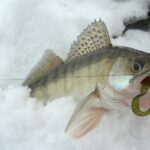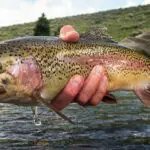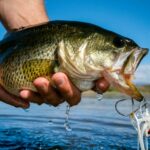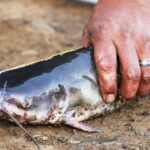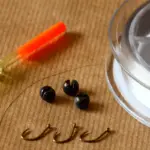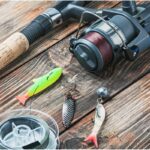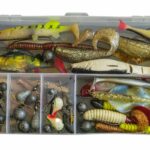Slip Bobber rigging is used by millions of anglers every season to catch a variety of different fish. It is very versatile and is one of the rigs that every angler should know how to use.
If you fish with a slip bobber rig then you will be able to adjust to different depths very quickly, and fish in a range of different depths without having to change your setup. This is very appealing and means that you are more likely to be successful with your catch.
We have put together this useful guide to give you all of the information that you need in order to get started with slip bobber rigging. Keep reading to find out more.
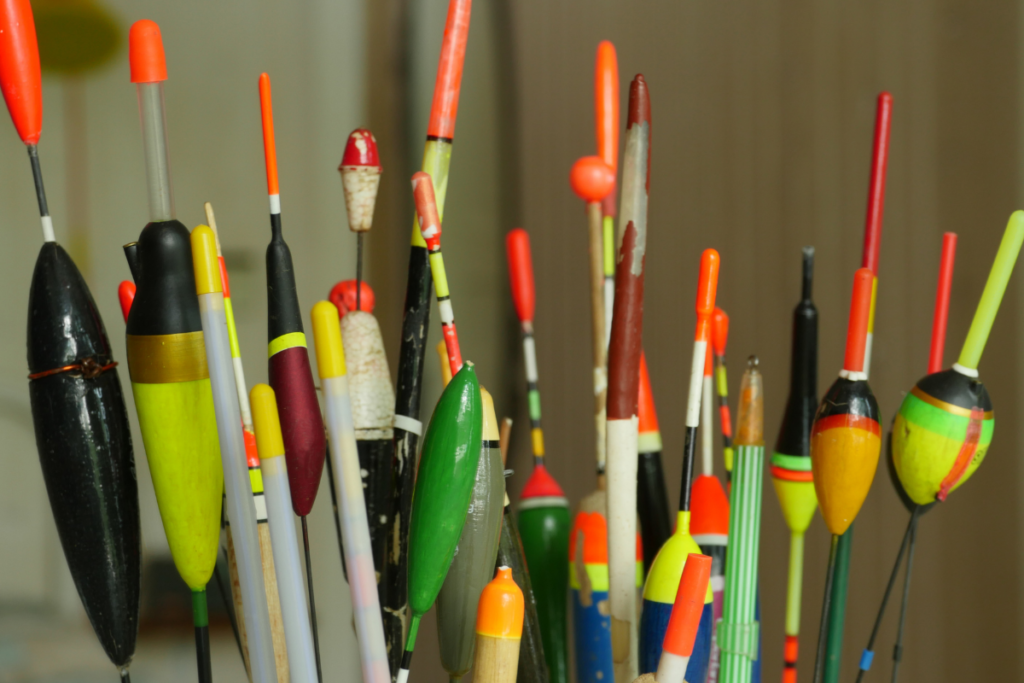
What Is Slip Bobber Rigging?
The first thing you need to know is what Slip Bobber Rigging is. A slip bobber is a floating device that allows you to easily adjust how deep you are fishing by changing the position of the bobber on the fishing line.
The bobber can slide up and down the fishing line. It is rigged with a weight below it and a bobber stop above it. The line is pulled down through the slip bobber and the bobber floats upwards until it reaches the bobber stopper.
Which Types Of Fish Can You Target With A Slip Bobber?
If you can master the slip bobber rigging then you can target almost any species of freshwater fish. You can also target many species of saltwater fish in coastal regions. The sliding float setup means that you can quickly adjust the depth that you are fishing in and you can adapt to different conditions.
This means that you don’t have to target just one type of fish on each outing. If you aren’t having much luck at a particular depth, then switch it up and start targeting a different kind of fish either shallower or deeper instead.
A slip bobber is most effective between the depths of 3 and 30 feet. The deeper you go beyond 30 feet, the less effective the rig will be. This means that the most common types of fish caught with slip bobber rigs are: catfish, walleye, bass, trout, steelhead, crappie, panfish, perch, and carp.
You will need to adjust the rig to target different kinds of fish, using the right kind of bait and gear. For example, the rig will need to be more sensitive to catch a panfish than it would be to catch a catfish. As you get used to using a slip bobber rig you will become more accustomed to the different requirements.
If you want to use a slip bobber rig at depths of 30 feet or more, then you should also use a fish finder. This will help you to establish what depth to target with the slip bobber, which means you could be successful at depths of up to 60 feet or more.
All you need to catch fish with a slip rig bobber is a good idea of which depths the fish are active at, so you can place the bait in the correct position to tempt the fish.
How Do You Set Up A Slip Bobber Rig?
Before you start, you will need to ensure that you have the following items: a slip bobber or sliding float, a broad or monofilament mainline (something that will float on top of the water), a fluorocarbon leader line (something with low visibility that will sink into the water), a bobber stopped, a plastic bead.
A swivel, a sliding sinker/slip shot weights, and a bait hook. Once you have all of your tackle items ready then you can start setting up the slip bobber rig.
The first step is to rig the bobber stopper on your mainline, then a plastic bead below the bobber stopper, then the bobber below the plastic bead. Once the bobber has been threaded onto your mainline you can thread the sliding sinker below it.
Next, you need to tie your mainline to a barrel swivel. Tie a fluorocarbon leader to the swivel, measure 2 to 3 feet of leader length, then tie a bait hook to the end of the leader. Once your hook is baited, you are ready to cast the slip bobber rig and begin to fish.
How Do You Use A Slip Bobber Stopper?
Familiarizing yourself with how to use a slip bobber stopper is a very important part of learning to use a slip bobber rig. The bobber stop is used to set the depth that you will be fishing at, so it is a vital part of the setup.
Using ready-made bobber stoppers will save you a lot of time. They are relatively inexpensive and are available from most tackle shops. The best kind of bobber stopper to use is an egg bobber stopper which comes with a bead included.
You can thread these by pulling the fishing line through the wire loop, sliding the bead and bobber stopper over the wire loop, then on to your line. Once the bobber stopper is secured on the line you can move it up and down to adjust the fishing depth.
You can set your bobber stopper at any depth you need to as it will glide through the eyes of the fishing reel while you are casting, and it can be reeled onto the fishing reel as well.
What Weight Do You Need To Add To A Bobber Stop?
You shouldn’t put more than 14 ounces of weight on your bobber stopper. The exact amount of weight to use will depend on the size of your bobber stopper as well as the bait you are using, so this could differ depending on the type of fish you are targeting.
If you are using a finesse bobber then a split shot weight is ideal.
Weighing down the bobber will ensure that it stands straight in the water, and it will also allow you to cast further out.
A weight will help to keep large bait or live bait in the right depth, and it will make your rig more sensitive as the float will be pulled underwater more easily when a fish takes the bait. This means that you are more likely to catch the fish.
You don’t want the float to be so heavy that it sinks or that the rig is underwater, but you want it to be weighed down enough to get the benefits mentioned above. You might need to experiment a bit until you find the perfect combination of bobber and weight for your preferred type of fishing.
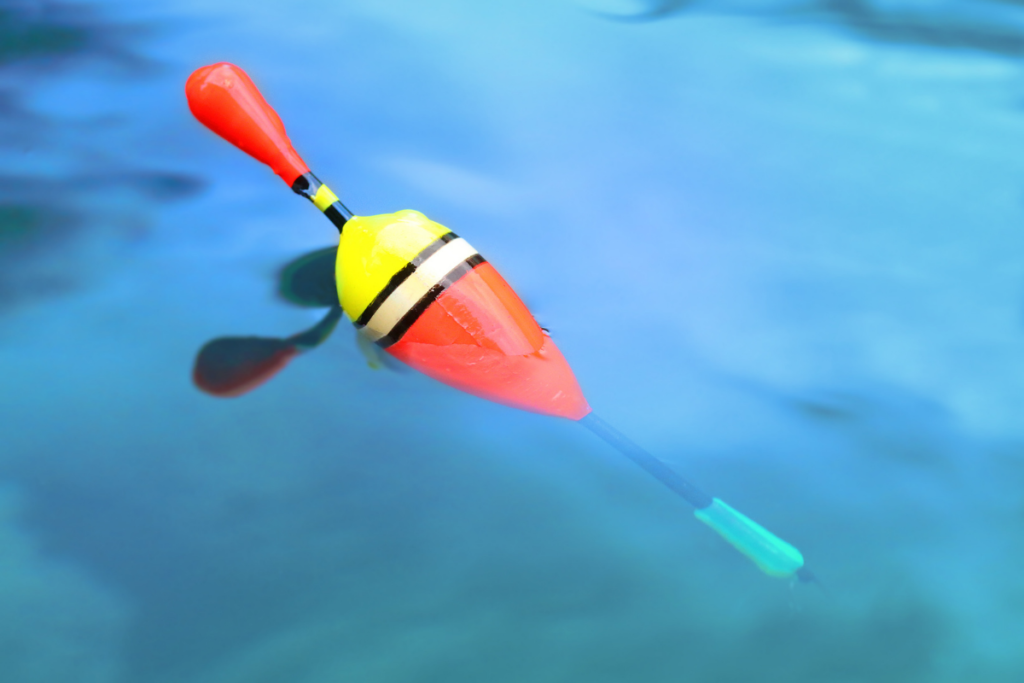
Fishing Technique With A Slip Bobber Rig
There are two main tactics you can use to fish with a slip bobber rig.
The first one is to bait the hook, then cast it out into an area where the fish are going to be feeding. This will differ depending on the type of fish you are targeting, but good places tend to be drop-off zones and the edge of weed beds.
Once you have cast your line, put down your tackle and watch the float closely for any signs of a bite. You should set the depth to the middle of the water column to start with, then adjust the depth as needed to try and get the fish to bite.
Once you notice that a fish has taken the bait, quickly pick up your gear and reel in the slackline to get the fish. If the type of fish you are targeting tends to bite quite lightly or gently, you will need to make sure the rig is sensitive enough to pick this up.
The other method is to use the slip bobber to hover the bait just above a weed bed. This is an area where certain types of fish, like crappie and trout, swim around in search of food. Your bait will be very tempting to the fish and they are likely to bite.
The adjustability of the slip bobber rig will allow you to position the bait low enough to tempt the fish but high enough to ensure it doesn’t get snagged in the weeds.
If you want to catch salmon or trout with your slip bobber rig then there is a third method you can use. You can set up the rig for drift fishing in a river or a stream, adjusting the depth easily as you move to different sections of the river to cover the full location.
This systematic approach will make you more successful, but you won’t have to spend lots of time making adjustments when you move location.
How To Set Up Your Slip Bobber Rig To Target Catfish
Catfish are one of the most common types of fish caught with a slip bobber rig. If you are using this kind of rig for the first time then it could be a good idea to target catfish as you are very likely to be successful.
To set up the rig to target catfish, you should adjust the depth of the slip bobber so that the bait is around 1 to 3 feet above the bottom of the water as this is where the catfish spend their time. It is recommended to use a triple hook instead of a single hook for the bait when you are targeting catfish.
The bait will stay on the hook much better, and you will get a better hook-up percentage when the float goes down. You can use cut bait, prepared bait, or live bait when fishing for catfish.
How To Set Up Your Slip Bobber Rig To Target Walleye
Another popular fish caught with a slip bobber rig is walleye. Similar to catching catfish, you will want to present the bait around 1 to 3 feet from the bottom of the water to catch these fish. It is best to use live bait – leeches, minnows, or nightcrawlers make excellent live bait for walleye.
The traditional method used to catch walleye is to cast out your rig in a location that seems promising, and then wait for the fish to take the bait. There is a new method called ‘power corking’ that has become very popular as it has proven to be more effective at catching walleye than the traditional method.
You will need to use a fish finder and drive until you locate a group of walleye. Once you have found their location, lower the bait to the right depth and wait for one of them to bite. If there is no bite within 5 to 10 minutes then you pull up your rig and keep driving until you come across a different group of walleye.
This means that you do not waste time with your rig in empty waters or in an area where the fish aren’t biting. However, it does use up more fuel for your boat and you will need to cast the rig multiple times.
Summary
Now you can understand the use of a slip bobber rig, and how to set it up. You should also be able to adjust your setup to suit different types of fish and different depths. You will be able to weigh your rig correctly, and also know the different methods for fishing with your slip bobber rig.
This is a great setup to learn if you are keen on fishing, as it opens up lots of opportunities to target different kinds of fish and adjust to various depths and conditions for a more dynamic fishing experience. It is fairly straightforward but produces good results.
The more experience you get with the slip bobber rig, the more adept you will be at adjusting it to suit different depths, different fish, and various water conditions.
Everything you need to set up your slip bobber rig should be readily available from most angling stores.
- Do You Need An Indicator For Nymph Fishing? - November 16, 2023
- Fishing Safety Tips For Families - September 25, 2023
- What Is The Best Time To Night Fish At A Lake? - September 18, 2023


